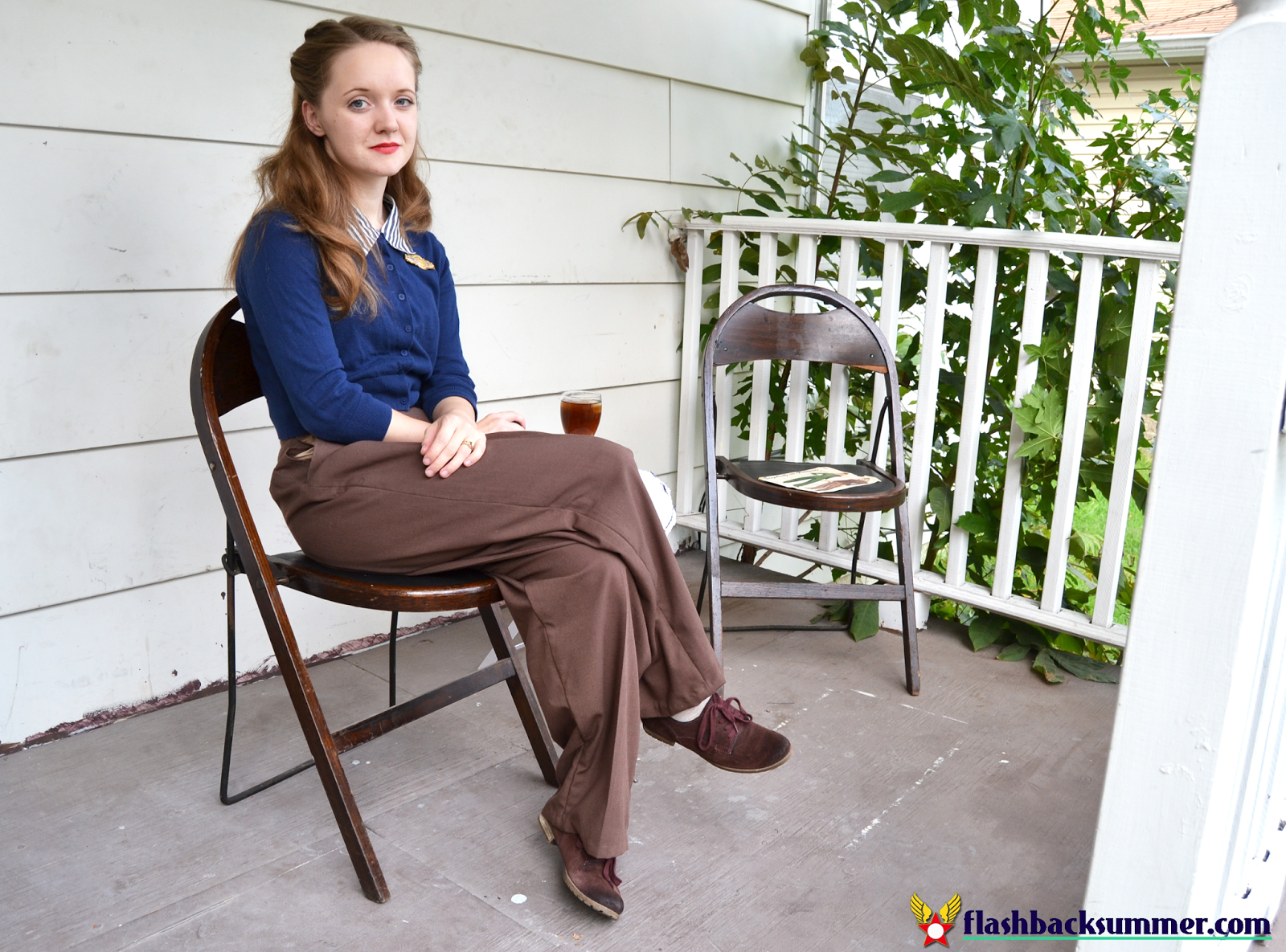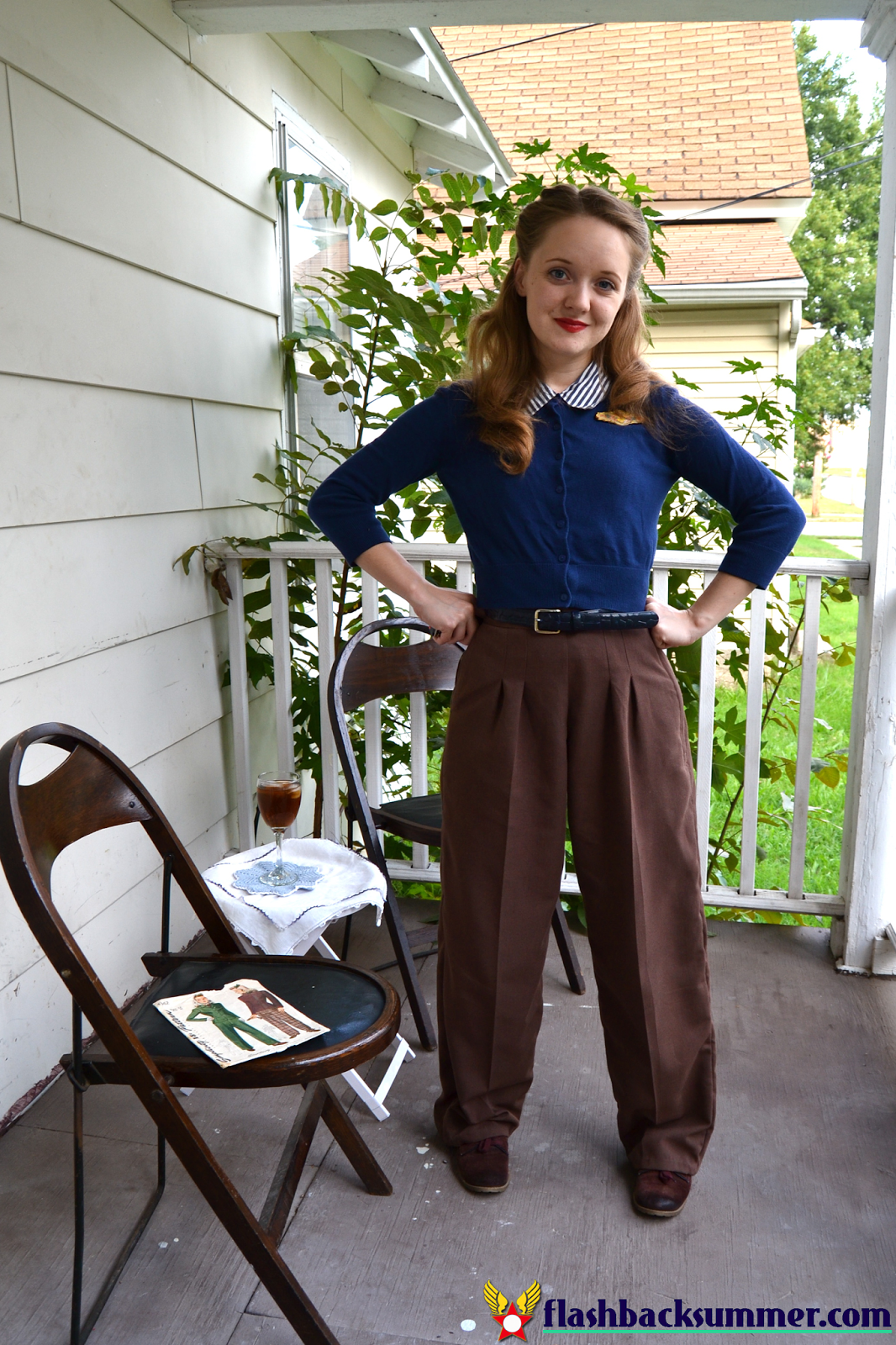The Little Red Dress is the sassy sister of the LBD. It's still versatile and classic, but it's got a little more fire to it!
The Little Red Dress works for so many occasions, and Evelyn of Evelyn Wood Vintage Fashion House is here to demonstrate using a fantastic LRD from her shop. It's a 1950s style coat-dress, which makes it even more practical! The key to choosing an LRD that is still versatile is to keep it simple. Solid color, classic cut, and subtle details keep the dress fairly neutral and leave the color and fabric as the "statement piece" of the outfit. This allows the dress to be accessorized in lots of ways without looking "busy."
Fall/Spring
Fall and Spring are both "in between" seasons in many parts of the world. The temperatures are not quite to full winter coat levels, but they're a bit chillier than summer. A great way to use the Little Red Coat Dress is to wear it over another dress as a top layer with flair!
Pair it with: practical shoes (in case it rains!) - gloves - hat (and secure it with hat pins, should it be windy!) - stockings (to keep your legs warm!)
Winter
This is the season for chilliness, holidays, and hot chocolate! The Little Red Coat dress is a great frock for cold weather. Layer stockings and a petticoat underneath for extra warmth and a fur-trimmed cape and gloves to ward off the winter chill. In the dreary days of winter, red is a welcome pop of color!
Pair it with: more practical shoes (now it might SNOW) - warm hat (or with a hairstyle that can cover the ears) - purse (to keep your hot chocolate money in!)
Summer
For the fun, dog days of summer, an LRD is perfect for going out and about. Its easy classiness and simplicity are perfect for summer shopping trips, barbecues, and hangouts.
Pair it with: FUN shoes! - flowers, lots of flower accessories - light gloves (lace, crochet ones are great) - bare legs (because you can!)
And if you aren't as into the coat-dress idea, this is another fantastic LRD from her shop that is now available! It's just as versatile and great for layering with sweaters in the cooler months while showing off some skin in the summer!
Photos by Say Cheesecake Photography.


.jpg)













































